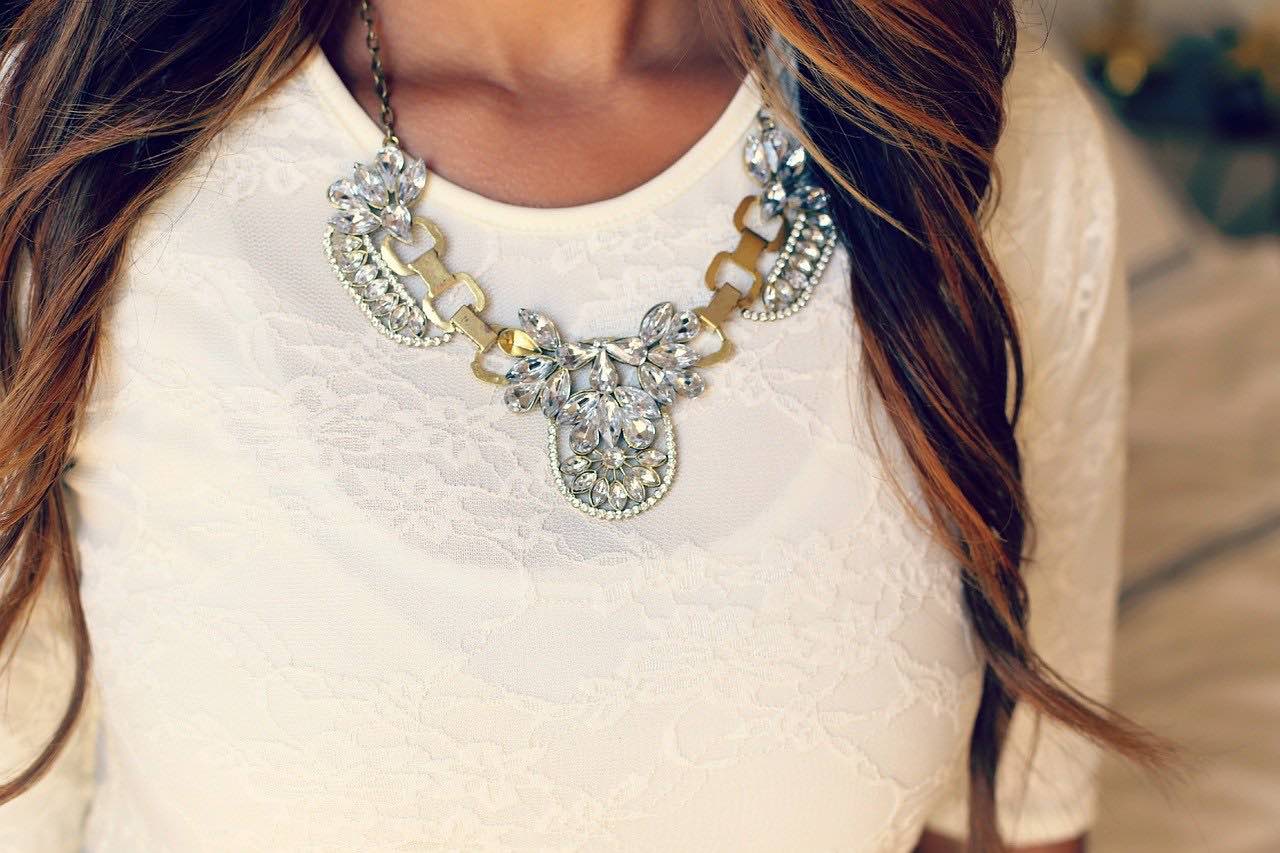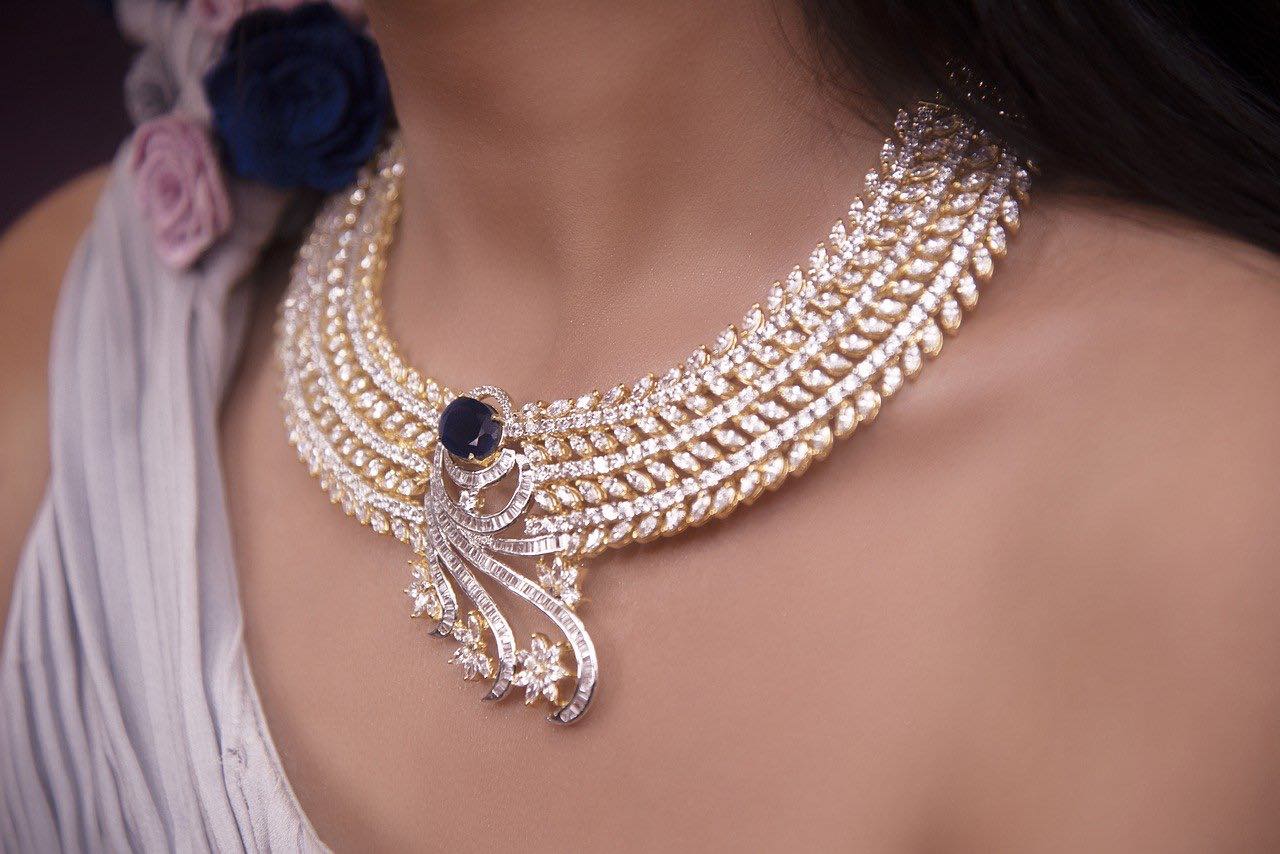Investing in jewellery is a process different from other forms of investment. Jewellery investment is a long-term process and it favours the patient. As trends come and go, the value attached to gemstones and precious metals wax and wane, but certain pieces are worth investing in.
6 Types of Gemstones and Precious Metals to Invest In
All jewellery has sentimental value but if you are planning to buy jewellery as an investment, you should go for the best, after all, your brand will be a luxury brand.
1. Sapphires
Sapphires are the popular second choice for jewellery investors. Pure, blue sapphires from the Kashmir region of India are the rarest and most popular. Kashmir sapphires are followed by sapphires from Burma, Ceylon and Madagascar in terms of value. Sapphires exist in colours other than blue.
These sapphires are known as fancy colour sapphires and can be pink, yellow or padparadscha in colour.
Fancy colour sapphires are very rare and make great investments. Apart from their ability to appreciate in value over time, sapphires are trending for engagement rings and this trend has a high tendency to continue.
2. Ruby
The ideal choice of investment when it comes to rubies are fine, unheated Burmese rubies. These are the rarest type of coloured gemstones among all gems. Burmese rubies are a very stable investment because these rubies maintain their market value.
Colour and rarity are important factors to consider when investing in rubies. Pigeon’s blood ruby (a vivid red colour) is the most valuable colour to look out for. Perfect clarity is not as important as colour because rubies often have inclusions.
Fine unheated rubies from Tanzania, Mozambique, and Madagascar also make good investments because their market value is rapidly increasing.
3. Diamonds
The best type of diamonds to invest in are fancy diamonds and D graded diamonds. White diamonds are graded on a scale that ranges from D to Z. The GIA assigns colourless, white diamonds with a D grade and D graded diamonds are the most valuable in the white diamond category. Diamonds graded from H to Z have a yellowish tint.
The more tinted a white diamond is, the more its value decreases.
Fancy diamonds, on the other hand, are not graded on this scale. Fancy diamonds exist in a range of colours and are very rare.
According to the GIA, only 1 in 10,000 diamonds possess the right colour to be classed a fancy diamond. The most desirable colours for fancy diamonds are green, pink, red, and blue. The most expensive gemstone in the world is the blue diamond which is worth $3.93 million per carat. Remember that the four Cs: carat, colour, clarity and cut, are essential when valuing diamonds.
When buying diamonds for investment purposes, white diamonds as close to the D grade as possible and fancy diamonds are ideal choices. You may also consider Type II diamonds. These diamonds are rare and very chemically pure, containing little or no nitrogen. Type II diamonds are higher than 1.0 carat which increases their value. You can view and shop from a large array of diamond jewellery to start off your collection on https://www.diamondsonrichmond.co.nz.
4. Tsavorite Garnet
The Tsavorite Garnet is a rare gemstone which originated from East Africa, it got its name from the Tsavo East National Park in Kenya. It is mined in Tanzania and Madagascar. Tsavorite’s dazzling green colour has made it a worthy challenger to emerald. Tsavorite Garnet is an untreated gemstone with a brilliance that outshines the emerald as a result of its higher refractive index.
Tsavorites are usually lower than 2 carats. Tsavorites above 2 carats are a rarity and fine Tsavorite Garnets above 4 carats count are extremely rare. The gem ranges from mint green to a deep chrome green in colour. The Tsavorite Garnet is rare and very expensive, it is the most highly-priced garnet. Invest in deep, rich green gems, these commands a higher price.
5. Spinel
Many of the world’s famous rubies such as the Black Prince’s ruby in the British Crown Jewels have turned out to be red spinel. Spinels have been confused with rubies and sapphires for years. It has only recently become a gem to invest in.
When investing in spinels, the colour and origin are essential factors. Spinels which are flame orange, hot pink and red are the most valuable. In terms of origin, neon pink-red spinels from Mahenge, Tanzania and red Burmese spinels are the best to invest in.
Spinel is an untreated gemstone and its price has slowly increased over time. The last five years have seen a considerable increase in the price of fine pieces. Spinels from Tanzania can cost as much as $50,000 per carat. Spinel’s beauty, varied history and its burgeoning rarity make it an ideal choice for investment.
5 tips to ensure you make the right investments
Know which pieces to invest in
There are different types of jewellery – brooches, bracelets, earrings, rings – the list goes on. Certain pieces are more popular than others and as a result, they make better investments. Brooches are not very popular and can be difficult to resell while earrings, rings and necklaces are immortal fashion pieces. These pieces are easy to resell.
Ensure you buy the best quality
If you are buying gemstones with the plan to invest, you can not skimp on grade and quality. Gemstones with poor colour, clarity and cut will lack resale value. Opt for fine gemstones with a stunning cut, amazing clarity, and vivid, intense colours. Fine gemstones are more likely to maintain their market value.
Keep an eye on the trends
The fashion industry is famous for trends that dictate what’s in and what’s out. Current trends have increased the value of and the demand for rare vintage jewellery especially rings. Jewellery pieces from the Art Deco period are also wildly popular. Art Deco originated from France before the Great War. Between 1920 and 1930 was the golden era of Art Deco, pieces from this time period are the most valuable.
The 4C’s
When dealing with diamonds, the 4C’s: carat, cut, clarity, and colour are extremely important.
Invest in safety: keep your jewellery safe until you want to resell. You can keep them in the bank or get a secure home safe.
Conclusion
It’s very easy to form an emotional bond with jewellery during purchase, but remember to focus on the features that will enhance the value of your jewellery. don’t be swayed by the seller or the amazing story behind the piece, make sure any piece you are investing in matches the right criteria.
Even if you don’t resell, you can pass on the pieces to your children. They will definitely appreciate high-quality jewellery pieces.








